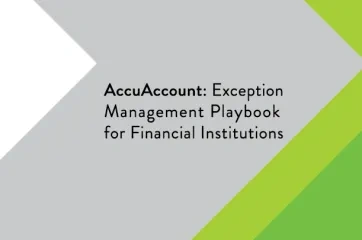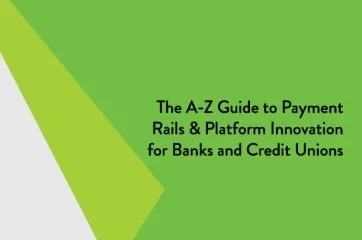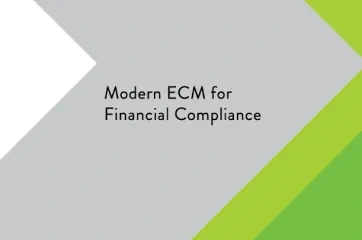What is an X9 File?
An X9 file contains check images and related metadata, including the code line and courtesy amount. Also referred to as “Image Cash Letters,” X9 files are used by financial institutions during Day 1 processing to initiate settlement with exchanging authorities and direct exchange parties. X9 files also support financial institutions’ Day 2 processing workflows.
X9 File Challenges
Depending on the financial institution, X9 file management can require time-consuming administrative work, especially for back-office staff tasked with resolving payment-related exceptions. Investigating situations that involve missing or irregular signatures, not sufficient funds, frozen or closed accounts, and other return codes is challenging when a financial institution relies on multiple, disconnected payment systems. Staff may need to reference several data sources to understand why a single check was flagged. Such inefficiencies can ultimately lead to:
- Reduced productivity for back-office staff who must navigate a variety of tools and screens to perform their jobs
- Delayed time to resolution for financial institutions and account holders
- Scalability issues as more accounts are added
- Oversights caused by manual data review across multiple systems
Scalable, Modern Payment Technology
Leveraging an API-driven, modern image acquisition and processing platform can make it easier and more cost effective for financial institutions to prepare, send, and manage X9 files. For example, Alogent’s Unify platform can be deployed across all deposit channels, enabling a centralized point of reconciliation and review, and eliminating the need to exchange files between other line of business applications. Back-office staff gain access to transaction data faster, and account holders see less friction on the front end because of real-time image and data validations – causing less investigation, duplicates, and review. Consolidating a financial institution’s deposit solutions and ultimately their X9 file management into fewer systems can also lead to lower infrastructure costs and fewer software interfaces.
Additional Resources for Financial Institutions
Browse dozens of Alogent’s definitions for banks and credit unions. Check out our Innovation Hub for case studies, infographics, videos, white papers, and blog posts.
Questions? Contact us to start a conversation or request information about our products.







